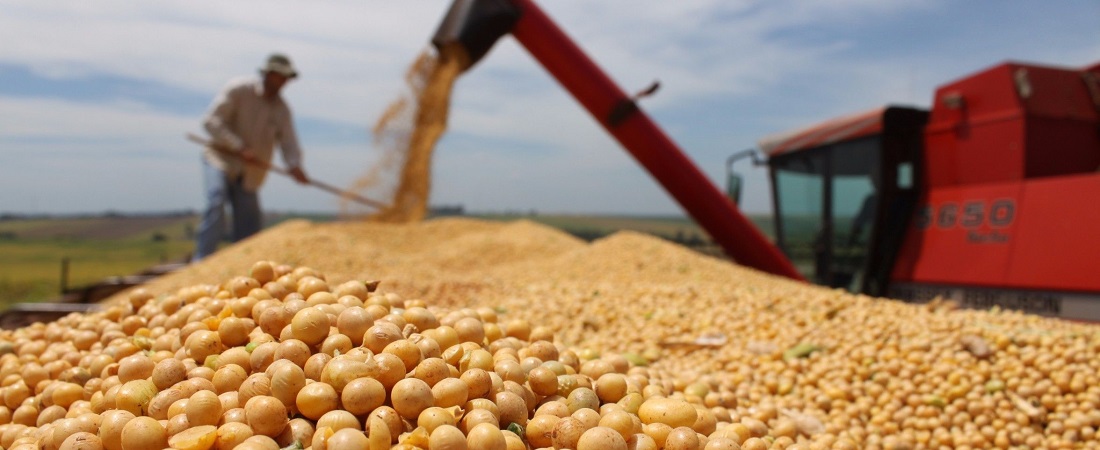
Soy dollar II: Argentina sells 66% less than in the program’s 1st rendition
Dec, 12, 2022 Posted by Gabriel MalheirosWeek 202250
The volume of soybeans traded through the tax incentive program known as “soy dollar II,” with an exchange rate of USD 230, is 66% below the volume traded during the first rendition of the program last September, which had a regime of USD 200.
According to a study by the Buenos Aires Grain Exchange, in the first two weeks of the program [the last week had fewer working days due to the holidays], 2,713,568 tonnes of soybeans were traded.
For comparison purposes, in the first two weeks of “soy dollar I,” 7,968,606 tonnes of oilseed were traded.
On this note, for the Buenos Aires Grain Exchange, considering the YTD trade, “total operations are 66% below”.
Exporters
As informed by Télam Gustavo Idígoras, president of the Chamber of the Edible Oil Industry and the Cereal Export Center (Ciara-CEC), since the entry into force of the soy dollar II, the country has pocketed US$ 1.6 billion.
It is a value that represents little more than half of the US$ 3 billion that the government estimates to receive with the new version of the foreign exchange incentive program.
“This edition of the program was less effective than the first by nature, as it started with a stock of 23 million tonnes, and today we have approximately 12 million grains in stock, if you believe the government, or 9 million tonnes, according to the market,” said Idígoras.
For the businessperson, even though “the flow of sales is in a slow-rising curve, it is still better than what it was in October and November [when there was no soy dollar program in effect].”
Please find below the track record of actual soybean shipments in containers (hs code 1201) from Argentina between January 2019 and October 2022, according to the DataLiner data service.
Soybean exports from Argentina | Jan 2019 – Oct 2022 | TEUs
Source: DataLiner (click here to request a demo)
Why fewer sales?
Eugenio Irazuegui, from the company Zeni, told LA NACION that not only is the grain stock available for sale lower, but the adverse weather situation also influenced the numbers.
“The initial phase of the 2022/23 harvest takes place against a backdrop of drought and high temperatures, resulting in a sharp delay in the harvesting process [only 37.1% of the crop, when it should be above 60%]. This compromises planning at the national level and brings uncertainty about the volume that will be harvested from March onwards. Thus, the producer starts to have a more cautious attitude when it comes to disposing of the goods”, he said.
Source: La Nación
To read the full original article, please go to: https://www.lanacion.com.ar/economia/campo/agricultura/dolar-soja-ii-los-productores-vendieron-un-66-menos-versus-el-primer-programa-nid12122022/
-
Coffee
May, 22, 2019
0
Brazilian coffee exports to Asia increase 30% in first four months of 2019
-
Ports and Terminals
Dec, 02, 2024
0
Portos do Paraná Launches Bidding Process for Leasing of PAR15 Area at Port of Paranaguá
-
Oil and Gas
May, 20, 2022
0
Regional distributors leave the market, inaugurating a new concentration of brands among fuel imports
-
Ports and Terminals
Feb, 16, 2023
0
Brazil’s Paraná state preps port terminal auction



